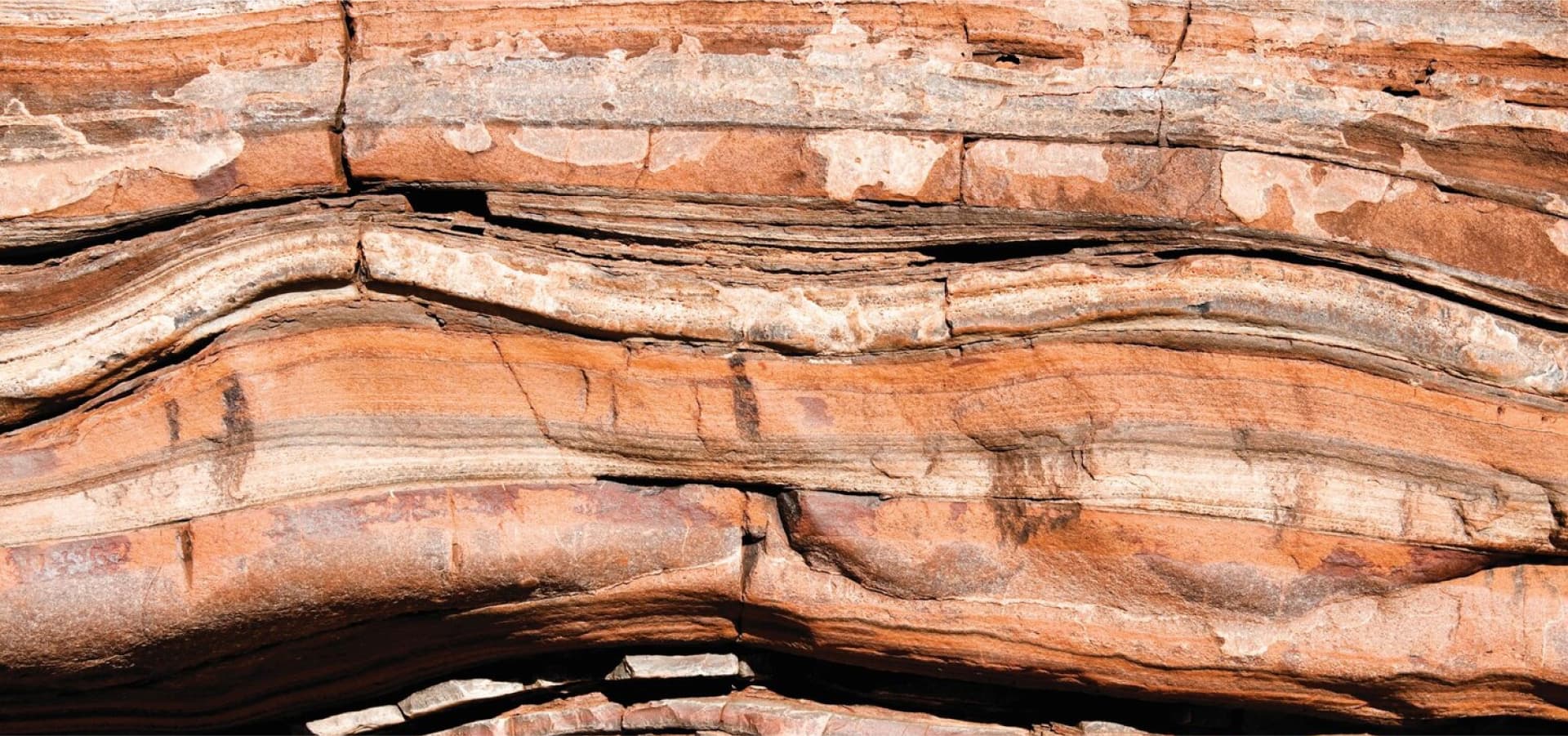
New Remediation Technologies
Problem statement
New remediation technologies have recently followed two major trends : 1) increased attention to sustainability has pushed towards natural solutions, and 2) the need to address recalcitrant contaminants has pushed an array of new technologies, often energy intensive. There is a need to connect new technology development to the market and assess their validity.
Key stakeholders
- Contractors
- Regulators
- Laboratories
Knowledge base
- CL:AIRE Knowledge Centre WALL
- US EPA CLU-IN project profiles
- The Handbook of Environmental Remediation - Classic and Modern Techniques, Royal Society of Chemistry, 2020
Challenges
- Identifying suitable new technologies
- Scale up from bench to field trials
- Demonstrating proof of concept for regulatory approval and independent verification
- Providing sites for field scale trials
Member priorities
- Natural recovery technologies (MNA, wetlands, sediment recovery, etc.)
- In situ Bioremediation
- On Site soil treatment technologies (soil washing, bio-piles, landfarming, etc.)
Working Partnerships
- Linking site owners and innovators (universities, start-ups, small companies)
- Promotion of the development of from innovation to full scale and supporting funding
- Promote partnerships with innovators
Research and innovation stage
By Rona.fawzy19 - Own work, CC BY-SA 4.0, https://commons.wikimedia.org/w/index.php?curid=79603897
